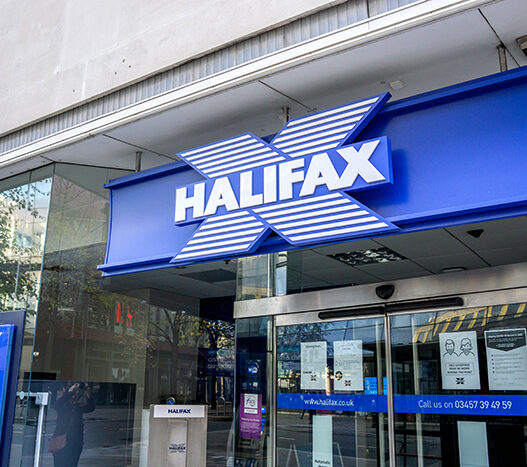Halifax will include the Energy Performance Certificate rating when setting maximum loan amounts for borrowers.
The lender says a home's energy efficiency “impacts utility bills, which in turn impacts disposable income.”
The company said in a note to brokers that the most energy-efficient homes with an A or B Energy Performance Certificate rating “will see increased financing availability.”
Energy performance certificates are graded from A to G, with C often being rated as acceptable. The most common rating in the UK is D.
Around 15% of UK homes are currently rated A or B.
Halifax adds that homes with the lowest energy efficiency ratings, F and G, will have their maximum loan amount reduced slightly. Around 3% of UK homes are rated F or G.
For homes rated C, D, and E, the maximum loan amount remains unchanged.
The lender said that, as an example of the changes, a customer looking for a mortgage on a £215,000 property would be able to borrow £194,000 if the property was rated A or B, compared to £194,000 if the property was rated A or B. If you have an E rating, you can borrow £191,000, or £190,000. If rated F or G.
The company said the changes will be applied to its mortgage affordability calculator on December 10th.
said Aaron Strutt, director of products and communications at Trinity Financial. “Banks and building associations have used discounts and cashbacks on mortgage rates to encourage people to improve their energy efficiency ratings, so adjusting the amount applicants can borrow based on their Energy Performance Certificate rating is It's new.''
“The previous government put pressure on many financial institutions to do more to make their housing stock more energy efficient and they have been considering what they should do.
“This is a big move for Halifax, and other financial institutions are likely to follow suit. It costs a lot of money to make many properties energy efficient, but securing funding to carry out the work There are other options for doing so.
“Mortgage sizing is a new ploy to force many borrowers to improve their properties. Some lenders are already offering A or B ratings to give homes access to the cheapest deals. Although they claim they are getting it, it does not reduce the amount they can borrow.”
Amanda Bryden, Head of Halifax Intermediaries and Scottish Widows Bank, added: “In general, we know that energy-efficient homes are cheaper to run.
“By using energy performance certificate data and utility bill analysis, we can reflect that in our mortgage affordability.”






















